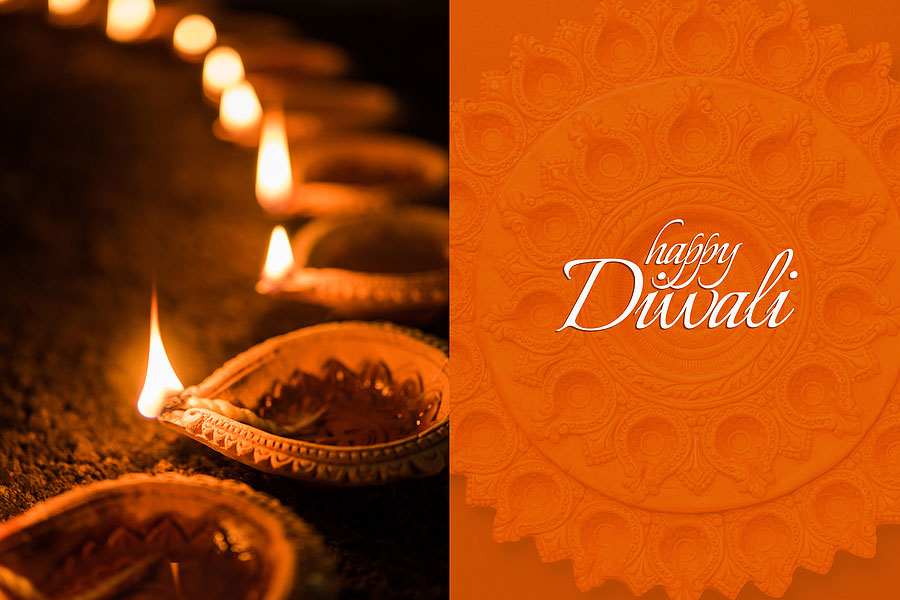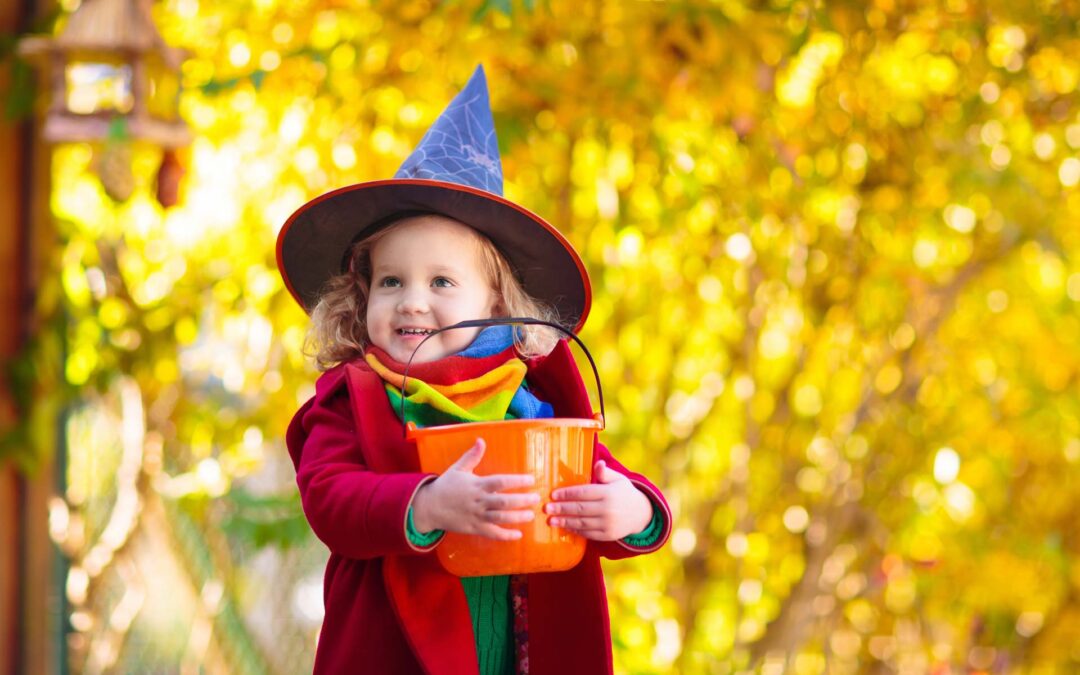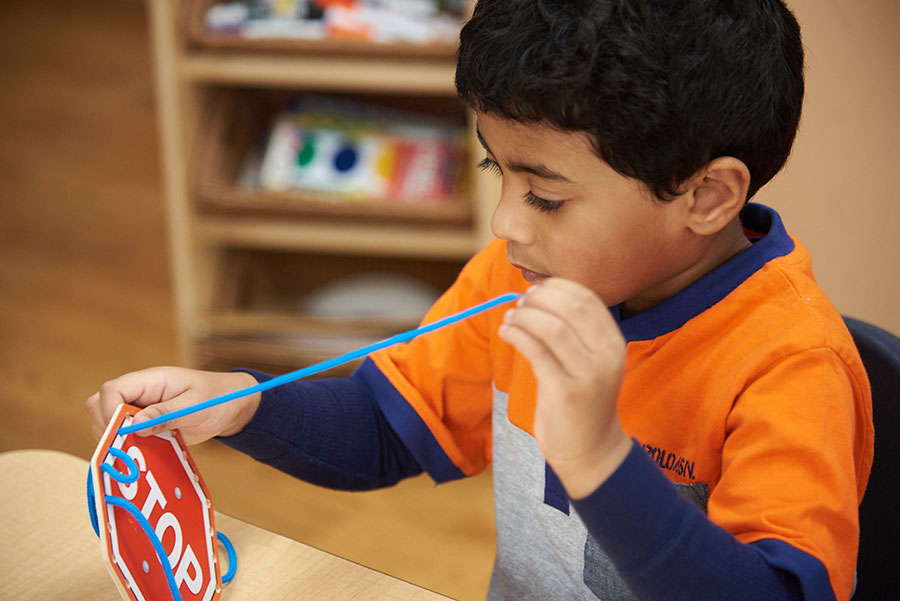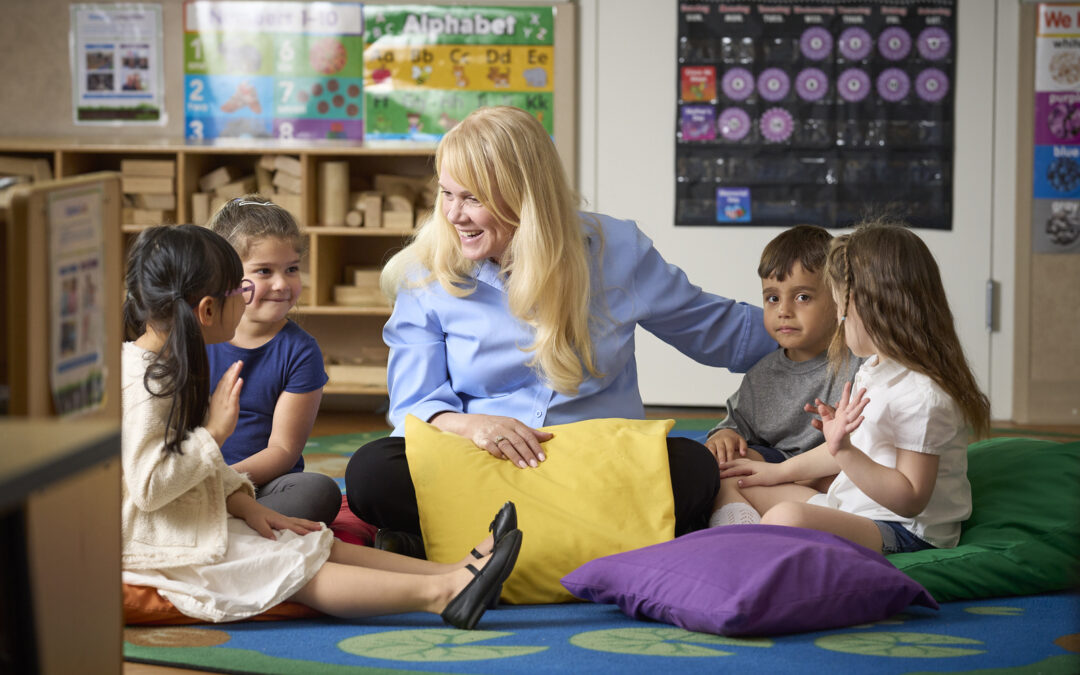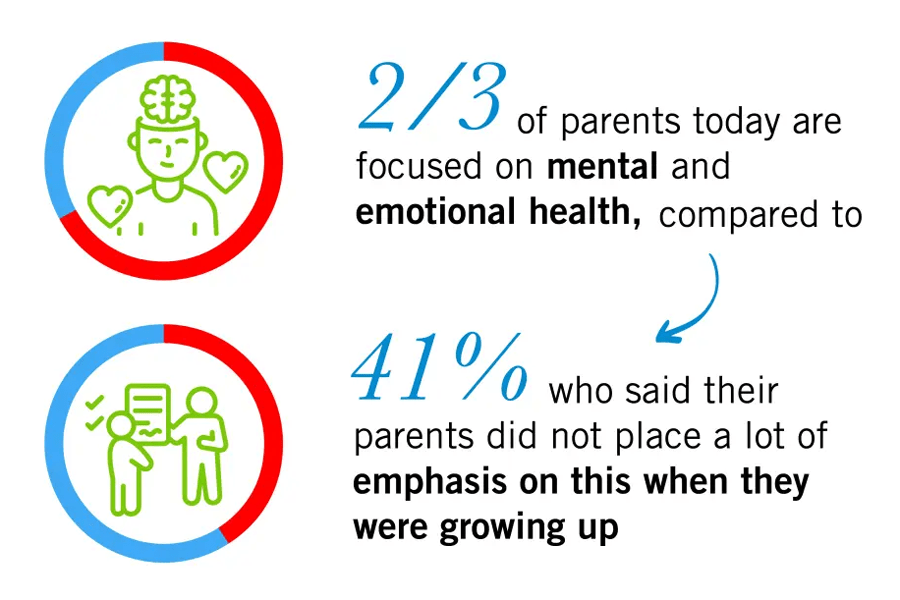Celebrating Diwali, the Hindu Festival of Lights, is the perfect time to introduce diversity and celebrate differences to your kids. By providing your children with these experiences, you are helping them build a sense of understanding and appreciation for other cultures. You can start with easy Diwali activities at home to engage your child and allow them to get creative with art!
Here are some ideas for Diwali activities you can enjoy with your little ones to celebrate Diwali and instill the importance of diversity:
- Make Diyas
Diyas are small lamps with oil that are lit during Diwali celebrations. They are symbolic representations of the joy of light over darkness as well as good over evil. Depending on the age of your child, you can easily create them with all kinds of supplies from paper to molding clay and everything in between! Help your child create these Diyas with color, texture, and yes… it’s okay to get messy. This Diwali activity for kids not only encourages their creativity but also introduces them to new traditions in different cultures.
How to make it a teaching moment:
Talk to your child about different Diwali celebration ideas and your own family traditions. Relate it back to a tradition your family celebrates they may be familiar with, and you can include that Diwali specifically is a festival that brings friends and family together to celebrate, light, joy, and new beginnings.
Optional Supplies:
- Paper and/or tissue paper
- Scissors (when age appropriate)
- Glue
- Glitter
- Molding Clay
- Paint
- Stickers
- Crayons and Markers
- Design Rangoli Patterns
Rangoli patterns are a form of intricate Indian artwork where bright colors and patterns are designed on the floor using powders, rice, flowers, fabrics and more. This is an easy Diwali activity for kids of all ages since the possibilities are endless!
You can simply create Rangoli patterns with chalk and flowers or get creative with objects around your house. Challenge your child to find bright colored fabrics and detailed objects to include in their Rangoli.
How to make it a teaching moment:
Rangoli’s are designed to welcome guests during Diwali, and it used as a sign of good fortune. This is again a perfect opportunity to discuss different cultures and traditions outside of your own. Ask them what else they would do or how to celebrate Diwali at home, and you will be surprised by their ideas!
Optional Supplies:
- Flowers
- Fabrics
- Paint
- Rice
- Imagination!
- Swap out your bedtime story for a book about Diwali
Reading is a great activity to add to your Diwali celebration ideas. Reading together is a great way to teach your little one about the symbolism and story of Diwali. There are some great options of children’s stories about Diwali at any age. Some include “Amma, Tell Me About Diwali” by Bhakti Mathur or “Binny’s Diwali” by Thrity Umrigar. These stories help to paint the picture in a fun and engaging way for children.
- Cook Traditional Diwali Foods
While cooking isn’t for everybody, cooking with your child is a great way in general to bond, explore new foods, textures, tastes, and spark curiosity. You can celebrate Diwali at home by making ladoos, which are sweet coconut-based balls, or can even simplify it by decorating ready-made ones with sprinkles and icing. Food is such a heavy part of tradition and celebration, and a great way to get the kids involved.
How to make it a teaching moment:
Cooking not only taps into other developmental skills, but it’s a fun way for families to come together. Ask your child what their favorite traditional food is and what they would make to bring to a Diwali celebration. This conversation will help children to see the commonalities between their own celebrations and others around the world.
Optional Supplies:
- Coconut
- Condensed Milk
- Sprinkles
- Icing
- Celebrate with Music
Dancing to traditional Hindu music is a great Diwali activity for kids. It can be shared at any age and in conjunction with any of the other activities. You can even include modern Bollywood songs and dance along.
How to make it a teaching moment:
Encourage your little one to move to the rhythm of the music. You can explain that dance and music are also important to celebrations in some cultures. Point out that the music is bringing them joy and ask them to think about what other songs bring them joy to dance.
- Sharing and Kindness Activities
While the celebration of Diwali is fun and bright, there is also a level of seriousness – it symbolizes generosity and kindness. Another Diwali activity for kids is to create cards or put together small gifts to share with family and friends. Not only does this instill practices but it also helps to celebrate the spirit of Diwali.
How to make it a teaching moment:
While celebrating, emphasize that families and friends all can share in the exchange of gifts, food, and treats with not only loved ones but with those in need or less fortunate. You can talk about the importance of giving back and being compassionate toward others.
Optional Supplies:
- Paper
- Scissors
- Markers
- Stickers
- Paint
- Glue
Always Teaching Diversity and Inclusion
At Lightbridge Academy, we always strive to teach and nurture curiosity and compassion in our centers. We celebrate diversity and all cultures for everyone within our Circle of Care. While experimenting with these Diwali activity for kids, you can easily spark conversations to recognize other holidays with similar roots of celebration, such as Hanukkah, Christmas, or Kwanzaa. You can discuss how these holidays have similar celebrations but are all different in their own way. Encourage your child to embrace differences and celebrate important values like love, family, joy, and hope!
Happy Diwali!


